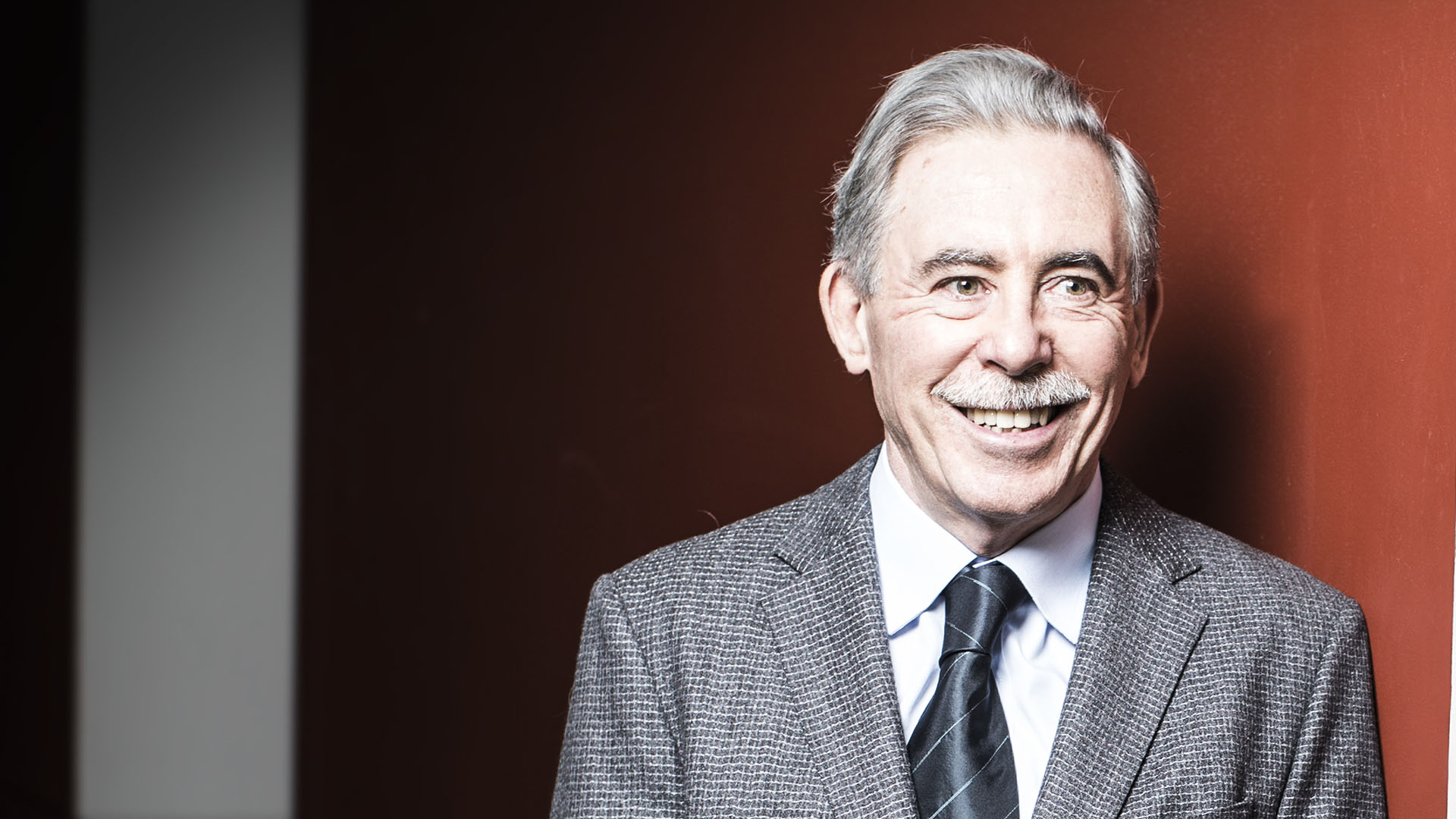April 15, 2021
Collaboration and continuity key to good medical support in aged care
Study takes 360-degree view on how to deliver quality medical care in nursing homes
In a study published this month, ¾«¶«“«Ć½ of ¾«¶«“«Ć½ (UOW) researchers undertook to find out what constitutes good medical care to residential aged care facility (RACF) residents, in their eyes and in the eyes of those closely involved in its delivery.
With the number of Australians living in RACFs forecast to grow from 220,000 at present to 700,000 by 2050, it is more important than ever to understand the medical need of residents and what factors enable good medical care, as well as common barriers to delivering it.
The researchers, from UOWās School of Medicine and School of Nursing, focused on the role of general practitioner (GP) visits, and interviewed RACF residents, family members, visiting GPs, and registered nurses (RNs) and other care team members at four RACFs in rural and regional New South Wales.
The studyās lead author, Dr Russell Pearson, a Regional Academic Leader in the School of Medicine and a practising GP, said that bringing the perspectives of these different groups to the study enabled the researchers to get āa 360-degree viewā on the issues involved.
āAll these groups participate in the GP nursing home visit. Seeking each viewpoint enables a more accurate and insightful picture of what is happening during this visit,ā Dr Pearson said.
One of the key findings of the study was that while a good professional collaboration between the visiting GP and the on-site RNs was important, a much bigger team was involved in delivering care and it was important to get their collaboration as well.
āThe care team did not just involve the GP and RN. Although their close collaboration was important, valuable and valued, expanding the care team to include RACF care assistant staff and the family improves care,ā Dr Pearson said.
āAlso, the residents were not the only group needing and receiving care, family members also fell into this category. When family members were well supported and informed, they were better able to contribute beneficially to resident care.
In contrast to recent reports about poor care or abuse in RACFs, in this study, Dr Pearson said, RACF care assistant staff were found to be highly valued by all participants for the quality of their care delivery and for their reliability as a source of information about current resident well-being.
The study's second key finding was related to continuity of care.
āInterpersonal and informational continuity of care were found to be important to care quality,ā Dr Pearson said.
āOngoing stable relationships between GP, staff, family and residents were helpful. Readily accessible medical history and information also enhanced care delivery.ā
Dr Pearson said that, based on this study, best practice medical care in a RACF would involve the resident being cared for ideally, especially initially, by their longstanding GP or failing that, by a GP who is accessible, providing regular scheduled visits and urgent in-hours and after-hours care.
Ideally, it would see that GP develop a collaborative and trusting relationship with the RNs and care staff to facilitate sharing of information about current patient well-being and care planning. The residentās family member or members, with their approval, would also be involved in the care team, receiving medical updates and information, support and encouragement.
An advanced care plan would then evolve out of this collaboration and would help prevent non-beneficial hospital transfers.
However, the study found that all of the above-mentioned ideals were interrupted or unavailable to varying degrees, at different sites.
āMany residents do not have access to their longstanding GP or are cared for by a series of GP registrars, or there is a high turnover of RN staff, interrupting interpersonal continuity of care,ā Dr Pearson said.
āFamilies are left out of the loop, frustrated, grieving and unable to contribute as they would like.
āMedical information about the patient is fragmented, or unavailable. Much of the resident prescribing, referrals and result checking is done off site. Medication management systems are cumbersome.ā
Dr Pearson said he hoped that this study would lead to greater recognition of the wider care team, and of the wider group in need of care.
āI would like to see a recognition of the importance of interpersonal and informational continuity of care, to care outcomes,ā he said.
āAs a principle, measures protecting and promoting these will benefit residents.ā
Warrigal, one of the aged-care providers that participated in the study, is incorporating some of the findings from the study into its practise, CEO Mark Sewell said.
āSince this research was undertaken in 2017, we have been continually improving our care record storage and retrieval arrangements in an enterprise-wide, electronic on-line care management system,ā Mr Sewell said.
āWe also note our improved collaborative arrangements with GPs, including regular joint public health, pandemic management, individual comprehensive care management and palliative care management partnerships.
āWarrigal is glad to see the findings and the strengths and gaps identified as it supports our continual transparent disclosure of service improvements at the individual customer and service systems levels.ā
About the research
āMedical care in Australian residential aged care: Perspectives of residents, family, nurses and general practitionersā by Russell Pearson, Judy Mullan, Bridget DijkmansāHadley, Elizabeth Halcomb, and Andrew Bonney is published in Health and Social Care in the Community ().
The Study was funded by Coast City Country General Practice Training.
